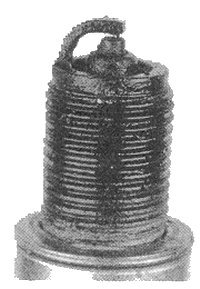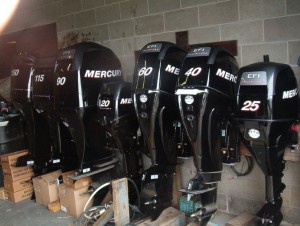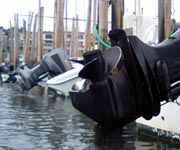Jetting Your Carburetor: Part One
 Changing your outboard motor oil and doing other routine maintenance is important, but if you want to get the most out of your vehicle, you are going to have to do more than just routine maintenance. One of the most important components of your engine, with regards to the smoothness and efficiency of your ride, is the carburetor. The carb controls the ratio of fuel and air mixture that your engine uses. Finding the proper balance of these two variables will give your machine optimal power and reduce its emissions. The next few days we will be going over how to jet the carburetor on your ATV.
Changing your outboard motor oil and doing other routine maintenance is important, but if you want to get the most out of your vehicle, you are going to have to do more than just routine maintenance. One of the most important components of your engine, with regards to the smoothness and efficiency of your ride, is the carburetor. The carb controls the ratio of fuel and air mixture that your engine uses. Finding the proper balance of these two variables will give your machine optimal power and reduce its emissions. The next few days we will be going over how to jet the carburetor on your ATV.
Before we begin, it is important to understand that there are three main carb circuits, each of which controls a range of throttle positions. The main jet is used when the throttle is three-quarters to fully open. When the throttle is open one-eighth to three-quarters, the needle jet is used, and for the final positions, the pilot jet and screw come into play. Tomorrow we will go into more detail with these carb circuits and begin discussing how to jet the carb.












